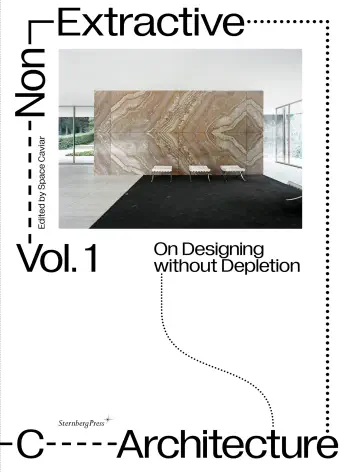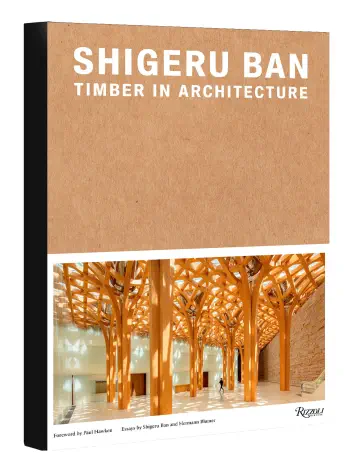A timely reevaluation and synthesis of this ecologically minded trailblazer and vibrantly interdisciplinary figure of contemporary design.
Famously labeled the “father, poet, and prophet” of green architecture and a proponent of the idea that any project in architecture or design must present new or better ways of living or be deemed immoral, Emilio Ambasz is an award-winning architect, industrial designer, and protean maker of forms. He has invented highly efficient engines, modular furniture, streetlights, flexible pens, expandable suitcases, ergonomic door handles, wrist computers, and 3D posters. In collaboration with Giancarlo Piretti, he created the Vertebra chair, the first automatic ergonomic chair in the world, now part of the permanent collections at the Museum of Modern Art and the Metropolitan Museum of Art in New York.
Long a pioneer in architecture, Ambasz has retained a belief in the environment, or rather the larger ecology, as fundamental in viewing the world: as the author notes in the introduction, “his philosophy of ‘green over gray’ may often have fallen on deaf ears at the height of Postmodernism, but it today seems profoundly relevant.” And it is in the context of today that the book considers his work and its three main areas of concentration—architecture, industrial design, curating—with an aim of shining a light on the interdisciplinary nature of the work as a whole.
Featuring built and manufactured designs that have achieved iconic fame and challenged others to approach new ways of reconciling architecture and nature, the book also considers Ambasz’s work as curator at MoMA and his ongoing influence and legacy.






Reviews
There are no reviews yet.